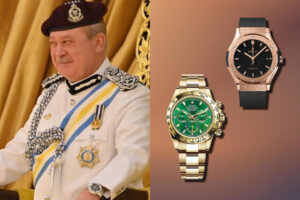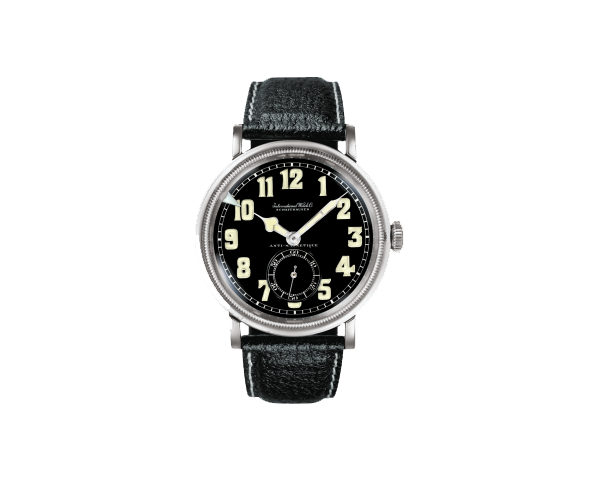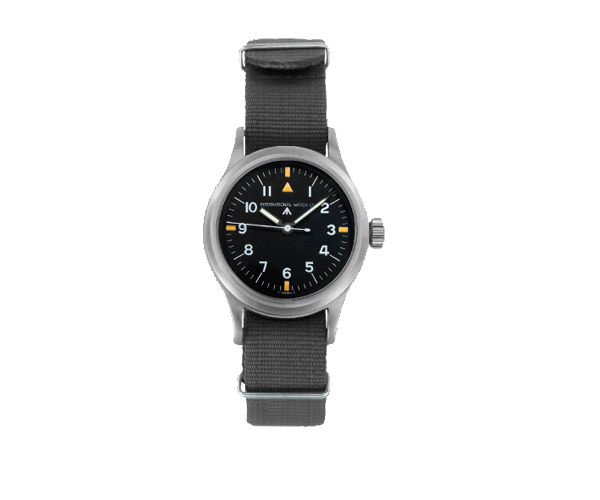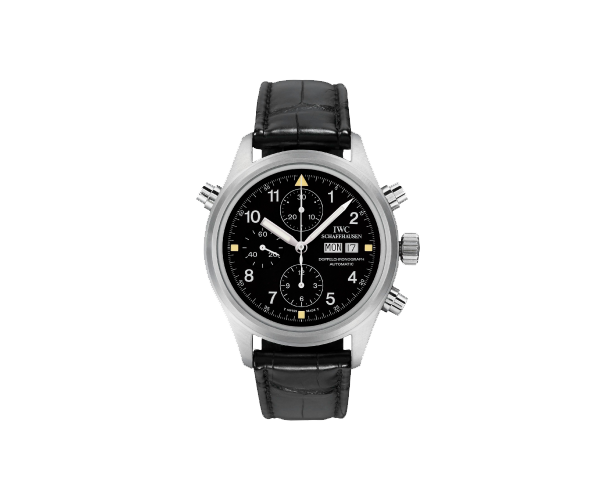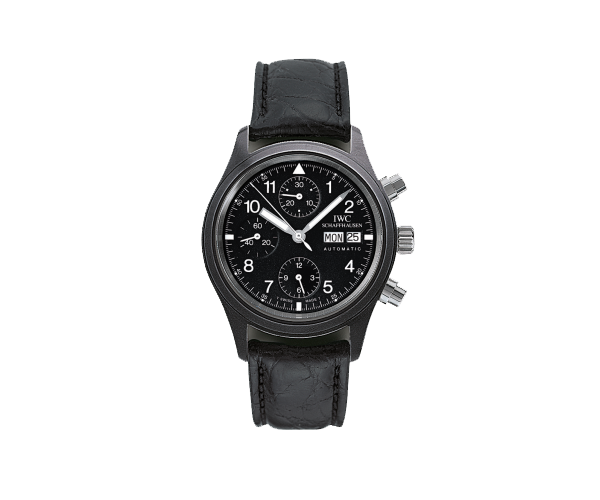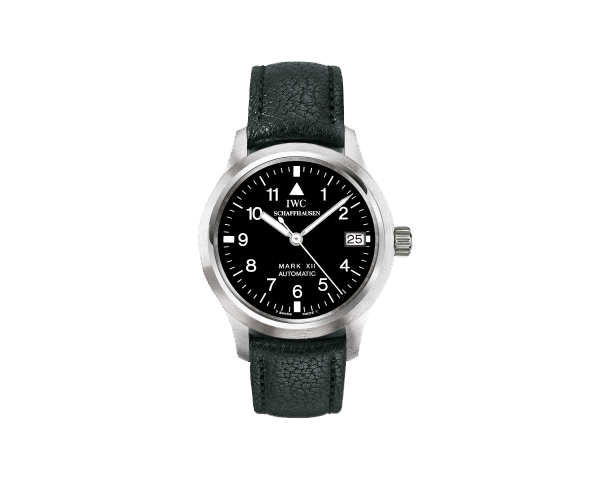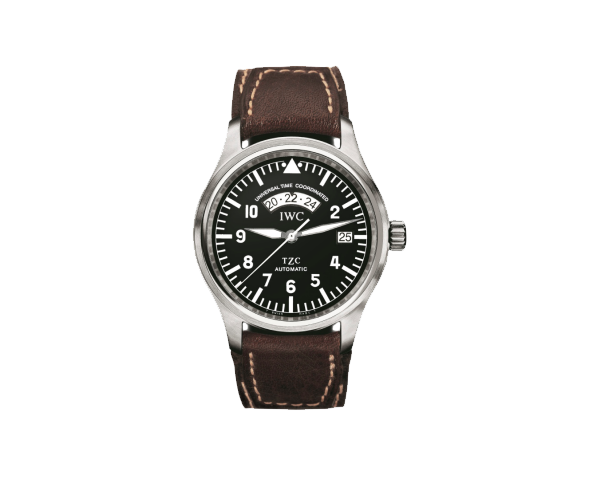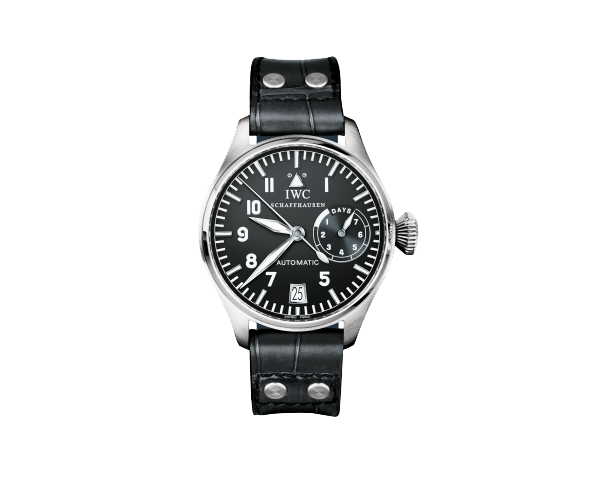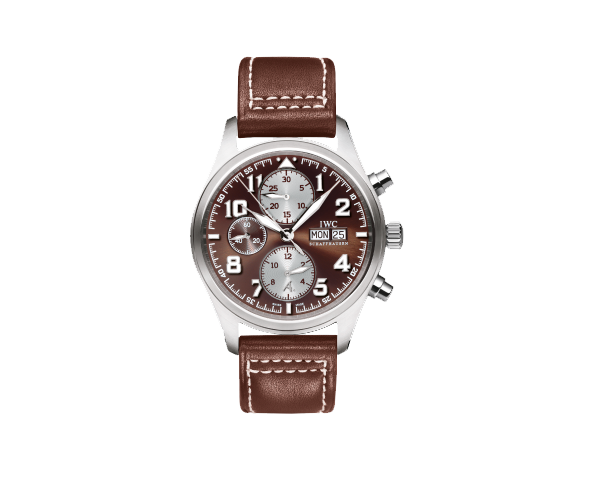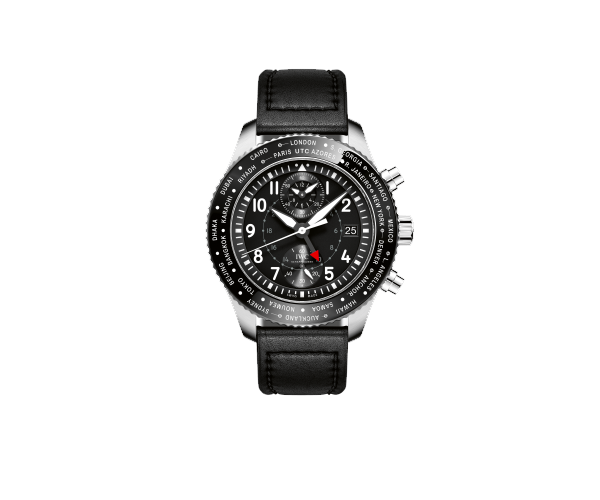IWC Schaffhausen introduced to the world not just a watch, but a cockpit instrument that takes into account every pilot’s most pressing need.
The year was 1936. World War 1 had ended but not all things were celebratory. The Great Depression was upon the world’s key economies and looming on the horizon was the threat of World War 2.
One industry saw an injection of investment for research and development: aviation. After decades of full throttle flying, the transition to metal planes – nicknamed the Tin Goose – enabled aircrafts to push past the limitations that had remained mostly set in stone since the advent of flight. For the first time, planes began to hit the 200 mph mark, and are able to cruise at altitudes of 13,000 feet.
These new benchmarks also mean a new need for measuring instruments of all kinds – particularly time.
Enter IWC Schaffhausen’s Pilot watches, created specifically to measure precision down to the millisecond in the high pressure and split second urgency of life in the sky.
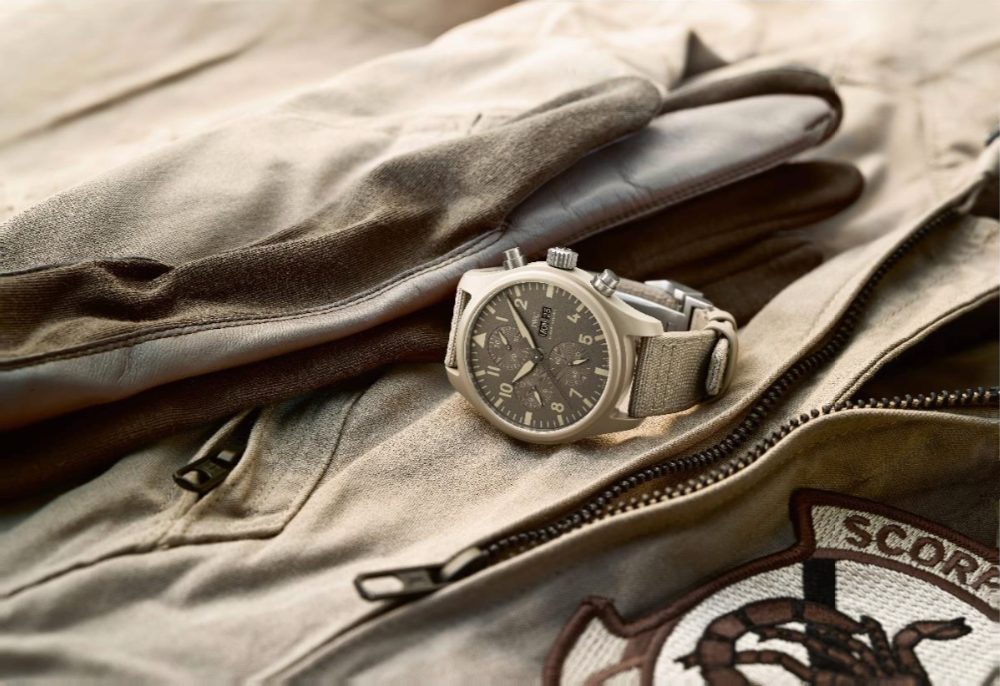
The IWC Pilot
IWC Schaffhausen introduced to the world not just a watch, but a cockpit instrument that takes into account every pilot’s most pressing need.
It is wound by particularly large crowns, specially designed for better grip and, hence, minimal space for error. Taking into account the unheated cockpits in which pilots have to face the elements, the conical crowns are also ribbed for added friction to withstand natural elements like cold and moisture as well as manmade challenges like the thick gloves and padded fighting suits of pilots.
A watch is only as good as how well the time it tells is read. Readability is enhanced with dials that are reduced to the bare essentials as well as numerals and hands that stand starkly out from the dial. Some models come with luminescent displays – an inspiration for the cockpit design of classic Pilot’s Watches for decades.
Most iconic of all is the triangular index at the 12 o’clock. It allows pilots in the cockpit to instantaneously recognize the position of the hands and the time at a glance. The upright equilateral triangle has two dots at either side to make the dial easier on the eyes, and is also luminescent.

Its history
Since then, IWC’s Pilot’s Watches has continued to evolve with times. It honoured the legendary Spitfire fighter jet with the Spitfire in 2003. In 2012, it launched the TOP GUN collection with black ceramic cases that went on to be so popular, it spun off as a line of its own. There’s no forgetting the Le Petit Prince special edition time pieces with its trademark blue dials to commemorate the literary work of Antoine de Saint-Exupery and his novel of the same name that is one of the best-selling books in history.
Here, we have the full timeline of some IWC’s most iconic Pilot’s Watches from 1936 to this day:
(Swipe left for more)
From 1-9 July 2019, IWC Schaffhausen invites all to discover its storied role in aviation at the IWC Pilot’s Watch Exhibition.
Taking over the Centre Court of Pavilion Kuala Lumpur, the thematic exhibition will showcase, alongside the company’s new fleet of Pilot’s Watches, 12 defining historical creations that have made their marks in the incredible world of aviation. Admission is free.
Log on to the official IWC Schaffhausen website for more information.
(Photos and video: IWC Schaffhausen)




